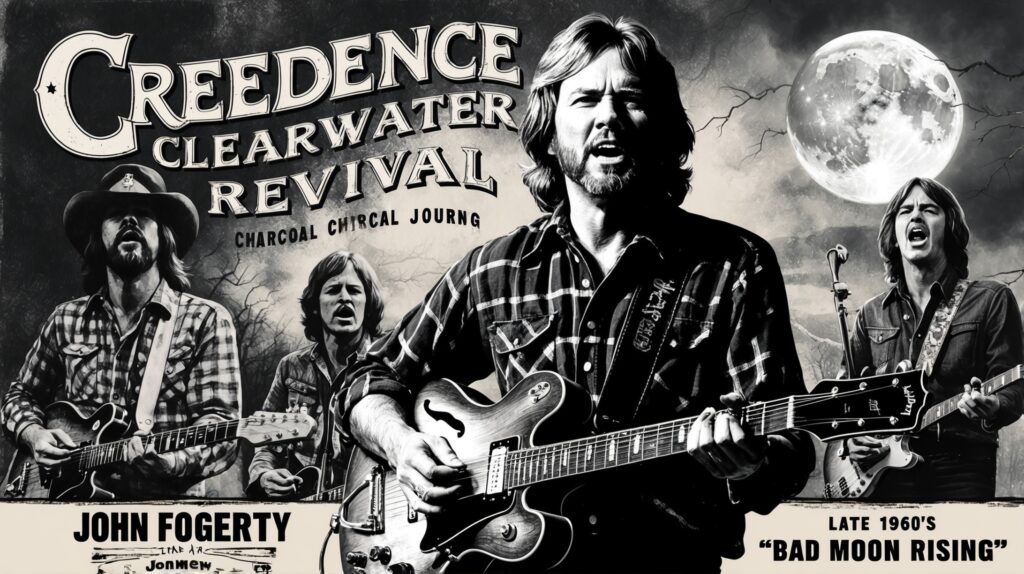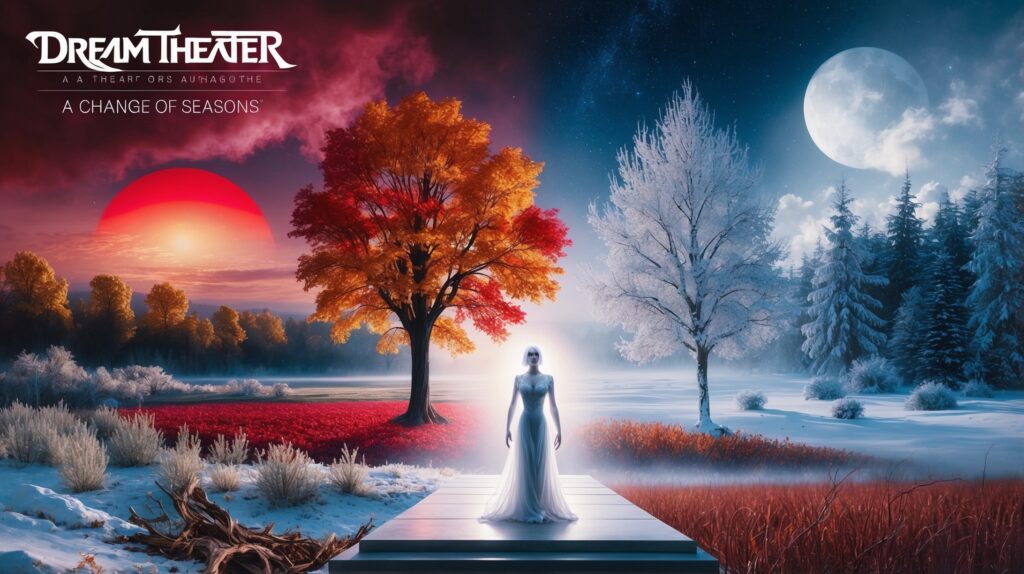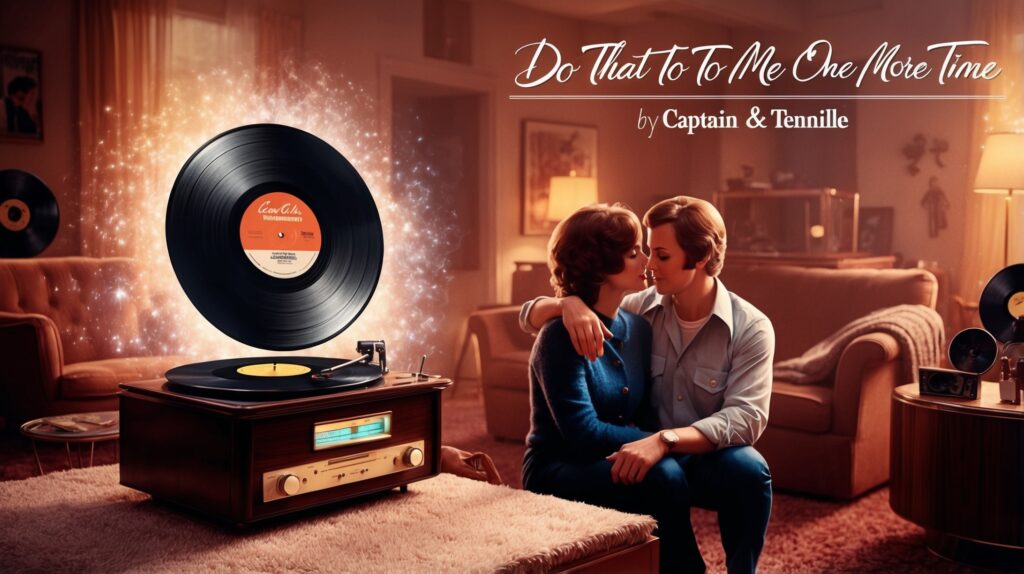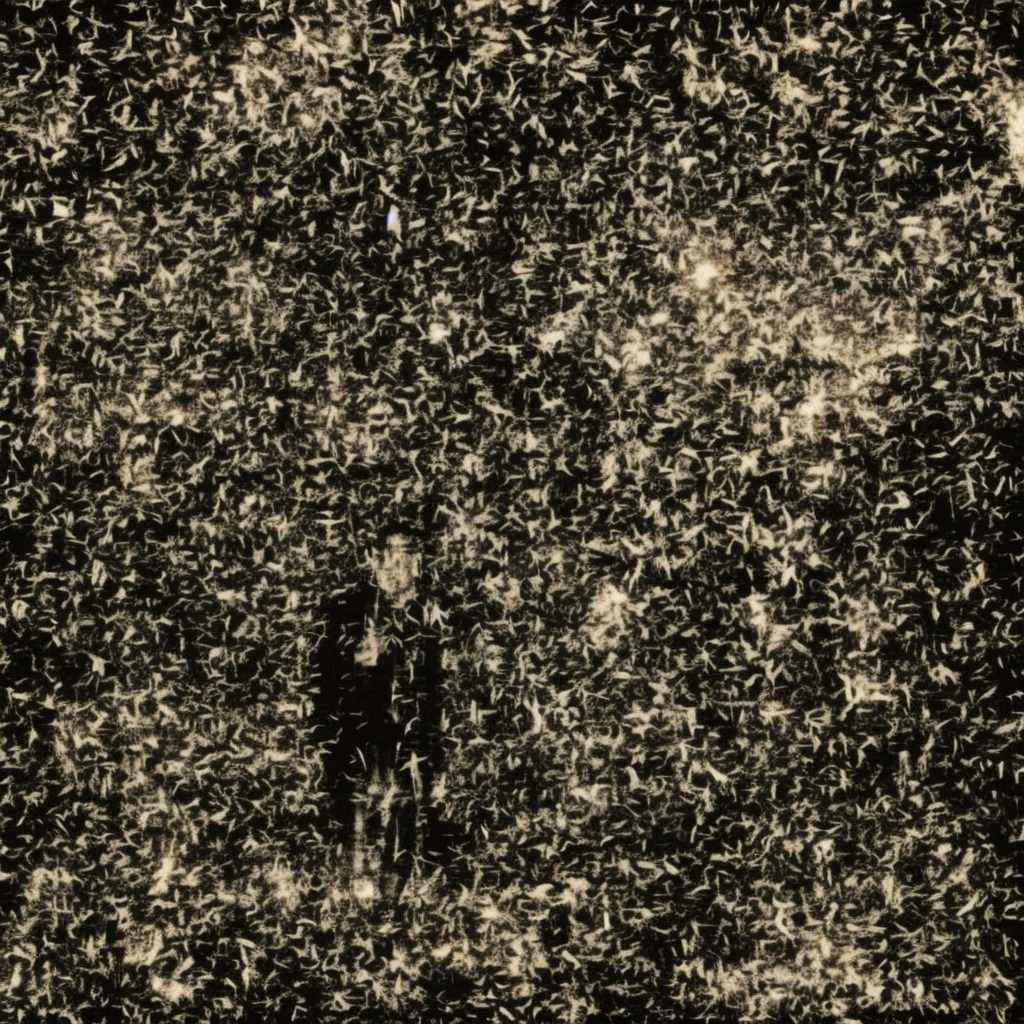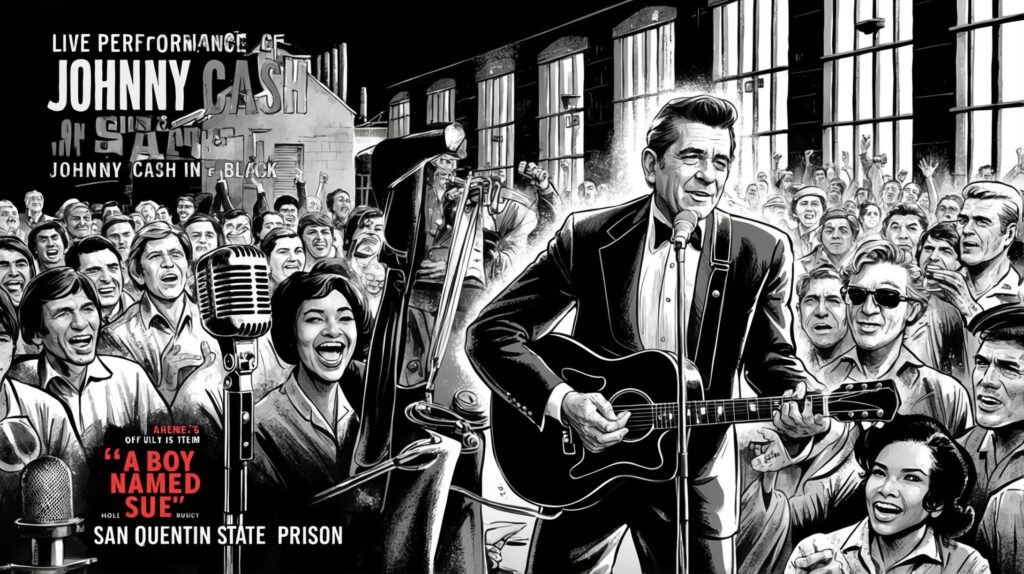?Did you know “How Soon Is Now?” was a B-side that became The Smiths’ signature tune? ? Talk about a hidden gem! Morrissey’s haunting vocals + Marr’s tremolo guitar = ?? #TheSmiths #HowSoonIsNow #ClassicAlternative #MusicTrivia Read about it: tinyurl.com/2p9v43n6
A Timeless Anthem of Alienation
“How Soon Is Now?” – The Smiths’ melancholic masterpiece that defined a generation and continues to resonate through alternative music’s ever-evolving landscape.
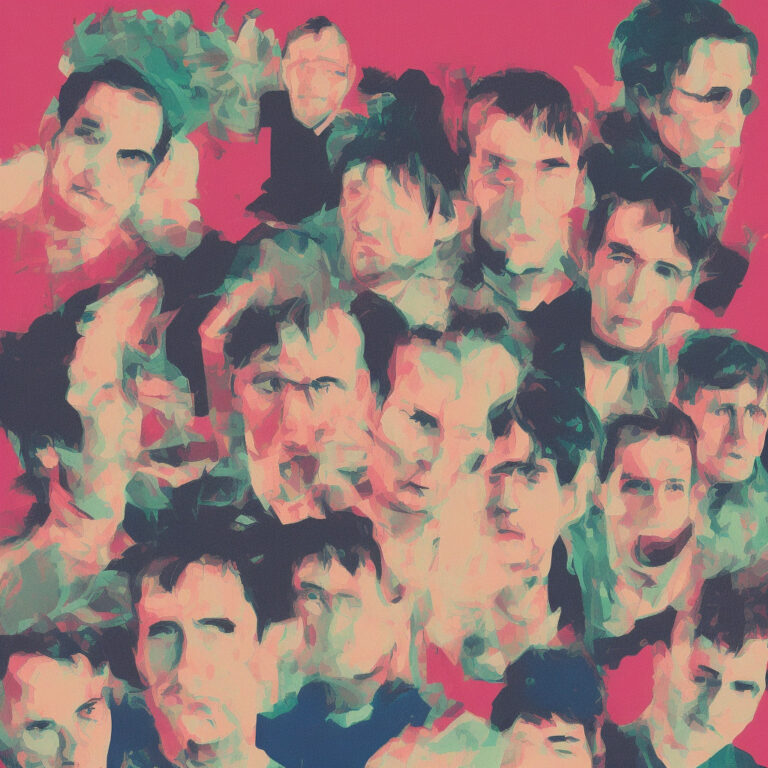
The Smiths, an iconic alternative rock band hailing from Manchester, England, formed in 1982 and dissolved in 1987 after a short but influential run. Comprised of vocalist Morrissey, guitarist Johnny Marr, bassist Andy Rourke, and drummer Mike Joyce, the band’s unique sound and provocative lyrics garnered a dedicated following that has persisted for decades.
One of The Smiths’ most enduring and oft-discussed tracks is “How Soon Is Now?,” originally released as a B-side to their 1984 single “William, It Was Really Nothing.” However, the song’s popularity soon led to its re-release as a single in 1985. Known for its melancholic lyrics and distinctive tremolo guitar riff, “How Soon Is Now?” stands as an anthem for disenchanted youth and the ongoing struggle for connection and acceptance in a not-so-understanding world.
The song’s hypnotic rhythm, characterized by Marr’s innovative use of tremolo and delay, has been cited as a significant inspiration for the “Madchester” scene that would emerge in the late ’80s and early ’90s. The track has since been covered by numerous artists, including Love Spit Love, t.A.T.u., and Snake River Conspiracy, among others, further solidifying the song’s place in the annals of alternative music history.
While The Smiths achieved relative commercial success during their tenure as a band, much of their acclaim has been retrospective. In 2003, NME named “How Soon Is Now?” as the greatest song of all time. Likewise, Rolling Stone placed the track at number 477 on their list of “The 500 Greatest Songs of All Time.” It’s evident that The Smiths, and “How Soon Is Now?” in particular, have left an indelible mark on the landscape of alternative music.
On the flip side, there have been instances where the band and its members’ controversial statements – particularly those of Morrissey – have brought about criticism. While these instances don’t detract from the quality of the music, they do add a layer of complexity to the band’s legacy that should not be ignored.
In summary, The Smiths’ “How Soon Is Now?” remains a powerful and influential song that captures the essence of the band’s unique blend of melancholy, wit, and musical innovation. Despite the occasional controversy surrounding the band and its members, there’s no denying the impact and staying power of this timeless anthem.
A Dive into Chart Performance
From B-side obscurity to an enduring 80s classic, “How Soon Is Now?” defied chart expectations, conquering alternative scenes and cementing its place in music history.
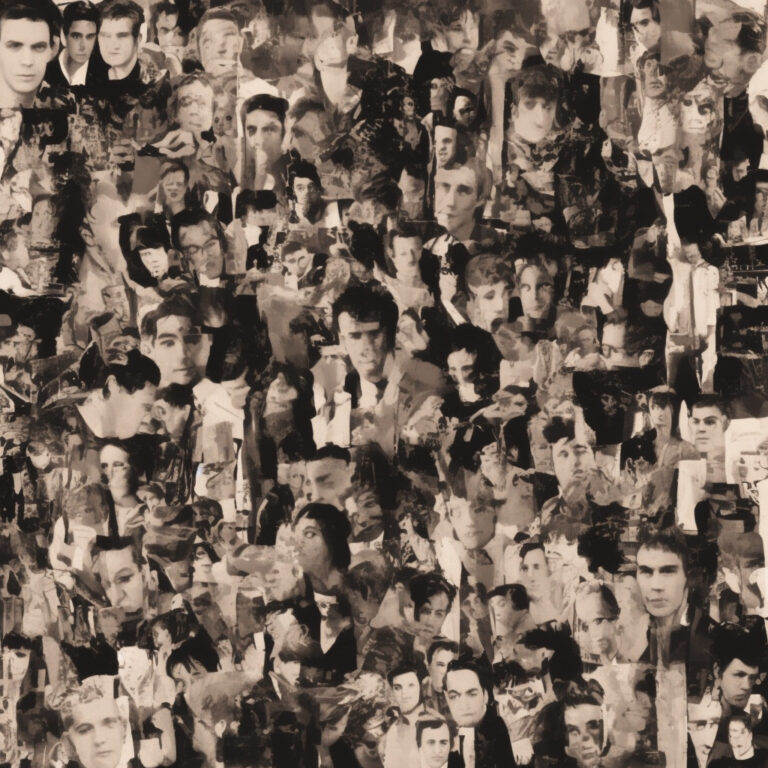
When it comes to chart performance, “How Soon Is Now?” has had an interesting journey. Originally released as a B-side to the single “William, It Was Really Nothing” on August 20, 1984, it wasn’t until the following year that it would gain its own footing. The song was re-released as a single in the UK on January 28, 1985, and debuted on the UK Singles Chart at number 49. It peaked at a modest number 24, spending a total of seven weeks on the chart. Though it may not have initially been a chart-topping success, its influence and popularity steadily grew, solidifying its place as a defining track of the 1980s.
Across the pond, “How Soon Is Now?” enjoyed a slightly different story. In the United States, the song was released as a single on November 1, 1985, after the band’s record label, Sire, noticed its growing popularity. It entered the Billboard Dance Club Songs Chart on November 30, 1985, at number 46, eventually peaking at number 36 on January 25, 1986. While it didn’t make a splash on the mainstream charts, its impact in the US was felt predominantly within the alternative and college radio scene, gaining a dedicated fanbase.
As the years went on, “How Soon Is Now?” continued to gain recognition and accolades. In 1990, during a re-release of the song to promote the compilation album “The Best…I”, the single reached number 16 on the UK Indie Chart. Furthermore, music publications such as NME and Rolling Stone have included the song in their lists of the best tracks of all time, further cementing its place in music history.
In summary, while “How Soon Is Now?” may not have skyrocketed to the top of the charts upon its initial release, its impact and influence have proven to be long-lasting and far-reaching. The song has managed to leave an indelible mark on the music scene and continues to resonate with fans today.
Delving into the Depths of “How Soon Is Now?”
I am the son and the heir
Of a shyness that is criminally vulgar
I am the son and the heir
Of nothing in particular
You shut your mouth, how can you say
I go about things the wrong way?
I am human and I need to be loved
Just like everybody else does
There’s a club, if you’d like to go
You could meet somebody who really loves you
So you go and you stand on your own
And you leave on your own
And you go home and you cry
And you want to die
When you say it’s gonna happen “now”
Well, when exactly do you mean?
See, I’ve already waited too long
And all my hope is gone
The lyrics of “How Soon Is Now?” by The Smiths capture a sense of loneliness, anxiety, and the need for human connection. The narrator’s words touch on the struggle of finding love and companionship in an unkind world where shyness is treated as a crime. Morrissey’s powerful yet vulnerable voice conveys the desperation of trying to find one’s place in a society that devalues sensitivity and vulnerability.
In the context of the mid-1980s, “How Soon Is Now?” resonates with the spirit of its time. The era was marked by significant social, political, and cultural shifts, including the rise of the LGBTQ+ rights movement, the changing landscape of gender roles, and the prominence of individualism. As a result, the song’s themes of alienation and the search for identity and acceptance hold a mirror to the broader societal trends of the time.
Furthermore, the song’s lyrics can be seen as a critique of the superficiality and fleeting nature of relationships in the age of consumerism and mass media. The line “There’s a club, if you’d like to go; You could meet somebody who really loves you” hints at the expectations placed on individuals to find love and happiness in social settings, often leading to disappointment and melancholy. The protagonist’s plea, “I am human and I need to be loved, just like everybody else does,” poignantly reminds us of the universal longing for connection and understanding, regardless of the era or circumstances.
In conclusion, “How Soon Is Now?” by The Smiths is a timeless anthem of loneliness and vulnerability that continues to resonate with listeners who identify with the common human need for love and acceptance. The song’s lyrics not only provide a snapshot of the concerns and anxieties of the 1980s but also offer a profound commentary on the human experience that is as relevant today as it was when the song was first released.
The Visuals Behind “How Soon Is Now?”
Derek Jarman’s avant-garde visuals in The Smiths’ “How Soon Is Now?” music video masterfully amplify the song’s melancholic tone, leaving a lasting impact on fans and inspiring modern artists.
When it comes to the music video for “How Soon Is Now?” by The Smiths, the visuals perfectly capture the essence of the song, amplifying its iconic status. Directed by Derek Jarman, an English filmmaker and artist known for his avant-garde style, the music video was released in 1985 alongside the record, making waves for its unique approach.
The music video for “How Soon Is Now?” is a series of monochromatic vignettes that feature the band members and various abstract scenes. Jarman’s artistic vision is evident throughout the video, as he combines his signature experimental visuals with the melancholic tone of the song. The use of light and shadow, as well as the distinctive film grain, adds an air of mystique to the video, drawing viewers in and leaving a lasting impression.
In addition to the band members, the video features a notable appearance by the British performance artist Leigh Bowery, who can be seen dancing in the background. Bowery’s inclusion adds a layer of depth to the video, as he was known for his own unique and avant-garde artistic expressions. Moreover, the video includes references to Jarman’s own queer identity and the broader LGBTQ+ community, resulting in a music video that is undoubtedly ahead of its time.
The production details of “How Soon Is Now?” are also worth mentioning, as the video was shot using Super 8 film – a popular choice for experimental filmmakers of the time. This allowed Jarman to create the distinct grainy and textured visuals that set the video apart from others. The budget for the video was also relatively low, demonstrating that it is indeed possible to create a visually stunning and memorable piece of art without breaking the bank.
While the song itself has become a timeless classic, the music video for “How Soon Is Now?” has also gained a strong following over the years, becoming an iconic part of The Smiths’ visual legacy. Fans have paid tribute to this music video by creating their own renditions and YouTube parodies, further solidifying its significance in music history.
As a testament to the impact of “How Soon Is Now?” and its accompanying music video, the visuals continue to inspire modern artists and filmmakers today. Its unique artistic approach and striking imagery remind us of the power that music and visuals can have in creating an unforgettable experience.
The Mastermind Behind ‘How Soon Is Now?’
The magic of “How Soon Is Now?” would not have been possible without the brilliant composer that is Johnny Marr. Lauded as one of the most influential guitarists of his generation, Marr is the co-founder of The Smiths, alongside the enigmatic Morrissey. Marr’s unique guitar-work and musical vision have not only shaped the sound of the seminal ’80s indie band but also left an indelible mark on alternative music as a whole.
Although best known for his work with The Smiths, Johnny Marr’s musical prowess extends to other projects and collaborations. He has lent his distinctive guitar sound and songwriting skills to bands such as The Pretenders, The The, Electronic, and Modest Mouse. The composer’s innovative style can be easily recognized in notable songs like “This Charming Man,” “Heaven Knows I’m Miserable Now,” and “The Headmaster Ritual.”
Marr’s music career has spanned over four decades, and he continues to inspire the next generation of musicians through his solo work and collaborations. As a testament to his talent, the composer has often been showered with accolades and awards, including an Ivor Novello Award for his outstanding contribution to British music. Johnny Marr’s timeless compositions like “How Soon Is Now?” stand as proof of his genius and remain just as impactful today as they were when first created.
A Legacy that Echoes Through Time
“How Soon Is Now?” – The Smiths’ timeless anthem that continues to resonate across generations, media, and genres, solidifying its place in music history.
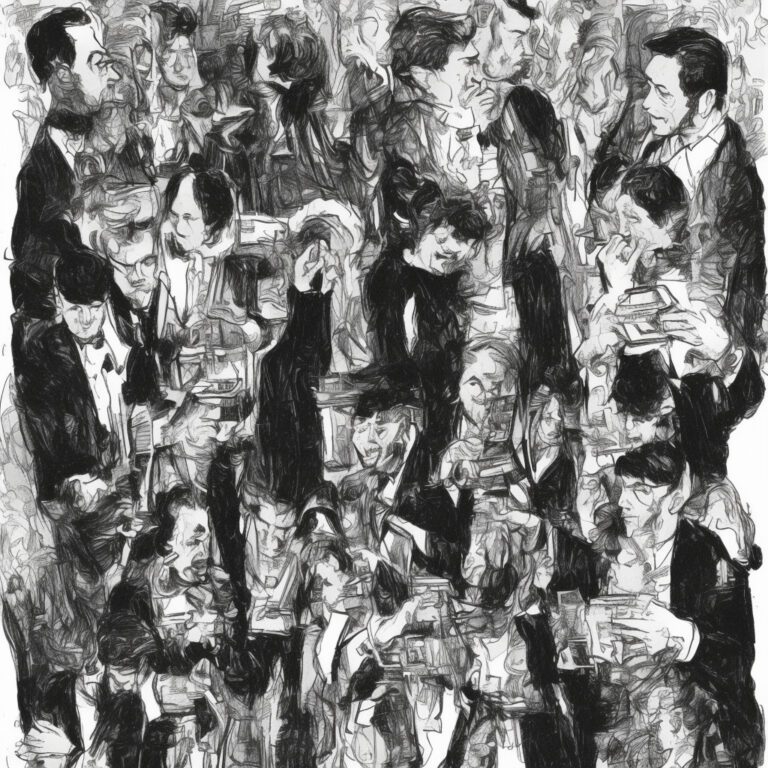
“How Soon Is Now?” has undeniably left its mark on the music industry since its release in 1984. The song received critical acclaim and has been frequently listed in various rankings of the greatest songs of all time. In 2007, NME placed the song at number 5 in its list of the “50 Greatest Indie Anthems Ever.” Rolling Stone also ranked the song at number 477 in their 2010 updated list of “The 500 Greatest Songs of All Time.”
The track’s influence extends beyond the realm of music, as it has been featured in numerous movies, TV series, and video games. A notable appearance of the song was in the soundtrack of the 1997 film “The Craft,” which sparked a resurgence of interest in “How Soon Is Now?”. Additionally, the song served as the theme tune for the popular TV series “Charmed” from 1998 to 2006, further cementing its status as a cultural touchstone. In the world of gaming, “How Soon Is Now?” has made its mark in popular titles like “Guitar Hero: Warriors of Rock” and “SingStar: Guitar.”
Throughout the years, “How Soon Is Now?” has been covered by a wide range of artists, each putting their unique spin on the classic tune. Perhaps the most famous cover version is by the American alternative rock band Love Spit Love, whose rendition was used as the (“Charmed”) theme song. Other notable covers include Snake River Conspiracy’s industrial rock interpretation, Tatu’s electronic pop take, and The Flaming Lips’ psychedelic tribute during their live performances.
The enduring appeal of “How Soon Is Now?” is a testament to The Smiths’ ability to create timeless music that transcends genres and generations. With its numerous accolades, appearances in various media, and an array of cover versions, the song’s impact on popular culture remains as strong as ever.
Dissecting the Musical Layers
Diving into the musical intricacies of “How Soon Is Now?”, the song unfolds in the key of E major, with an unconventional chord progression that sets it apart from the standard pop fare. The primary chords are E, D, and A, with occasional use of B and C#m, providing a rich harmonic landscape for Morrissey’s distinctive vocal delivery. The song’s tempo is a steady 83 BPM, giving it a slow-burning and pulsating feel that resonates with the emotionally charged lyrics.
The sonic centerpiece of “How Soon Is Now?” is undoubtedly the distinctive tremolo effect on Johnny Marr’s guitar, which was achieved using a combination of a Fender Twin Reverb amp and the vibrato channel of a Fender Deluxe amp. This technique, inspired by Bo Diddley and Duane Eddy, created a mesmerizing oscillation between the two amplifiers, resulting in the song’s signature throbbing sound. Marr’s deft use of slide guitar and open-tuned arpeggios further contribute to the track’s haunting atmosphere.
The rhythm section, comprised of Andy Rourke on bass and Mike Joyce on drums, is also integral to the song’s hypnotic groove. Rourke’s bass line is a melodic counterpoint to Marr’s guitar, providing both harmonic foundation and rhythmic propulsion. His choice of a Rickenbacker bass adds a bright and punchy tone that complements the guitar work. Joyce’s drumming, while not overly complex, is tastefully restrained and serves as the backbone of the track. His snare and hi-hat work accentuate the song’s syncopated rhythm, while his cymbal crashes punctuate key moments in the song’s structure.
Another noteworthy aspect of “How Soon Is Now?” is the use of various production techniques to enhance the overall sound. Producer John Porter employed several studio tricks, such as layering multiple guitar tracks and adding reverb to the vocals, to create a sense of depth and space in the mix. The song also features various sound effects, such as a slide whistle and a recording of a steam train, which are subtly integrated into the arrangement, adding to the song’s enigmatic aura.
As a whole, “How Soon Is Now?” is a masterclass in innovative songwriting, musicianship, and production. From its unconventional chord progression and mesmerizing guitar effects to its driving rhythm section and atmospheric production, the song’s musical structure remains a testament to The Smiths’ creative prowess and enduring influence.


